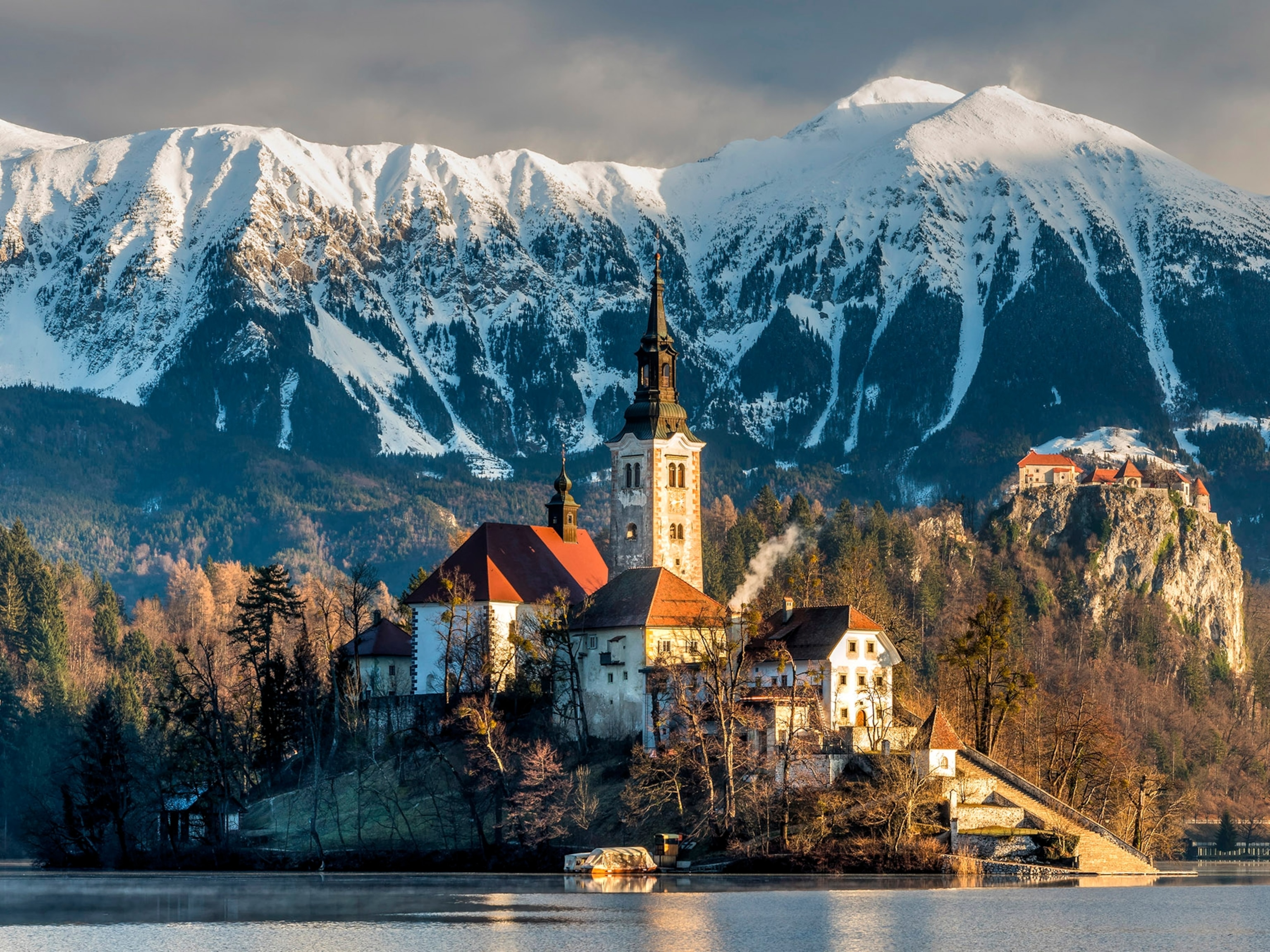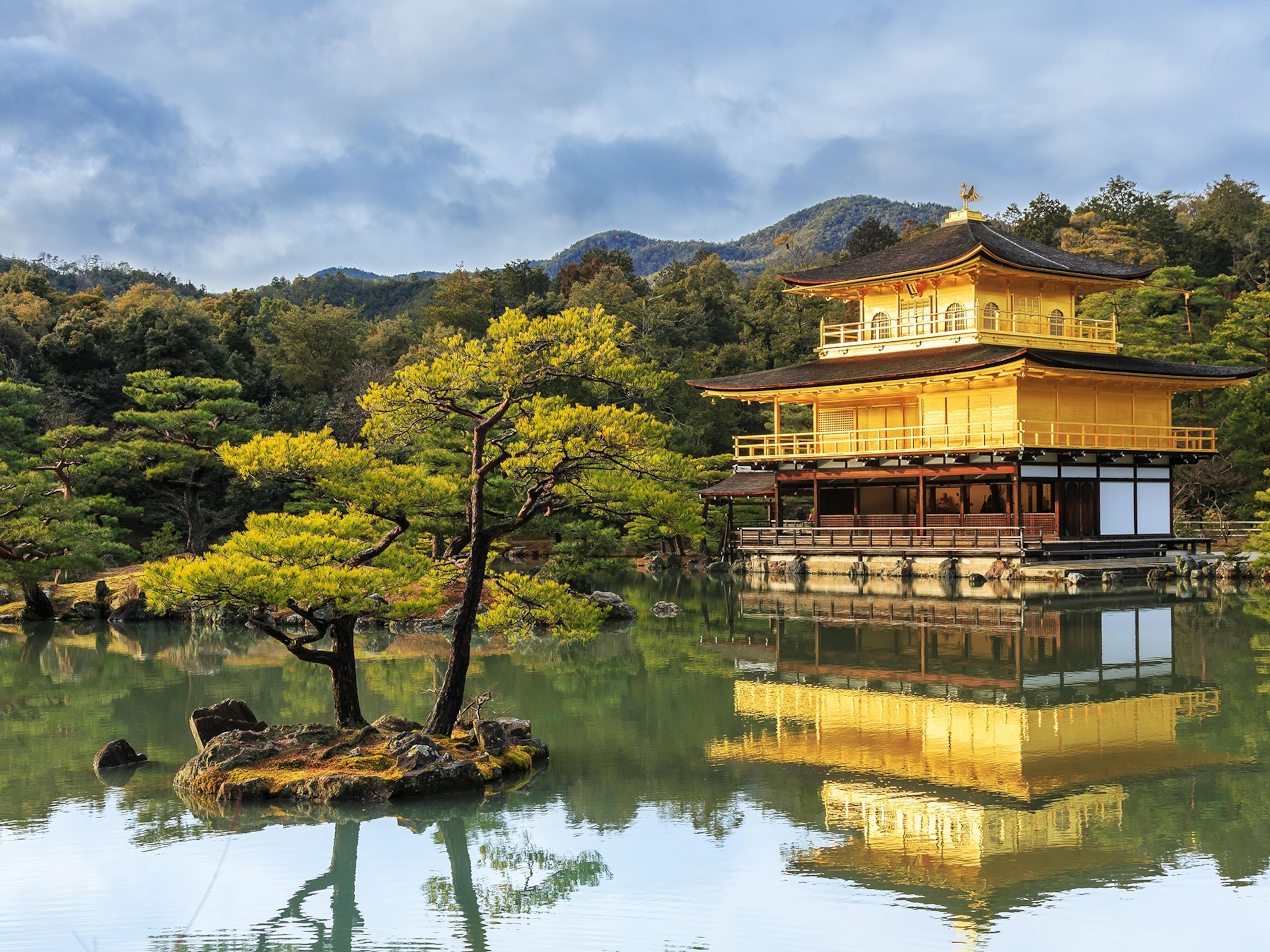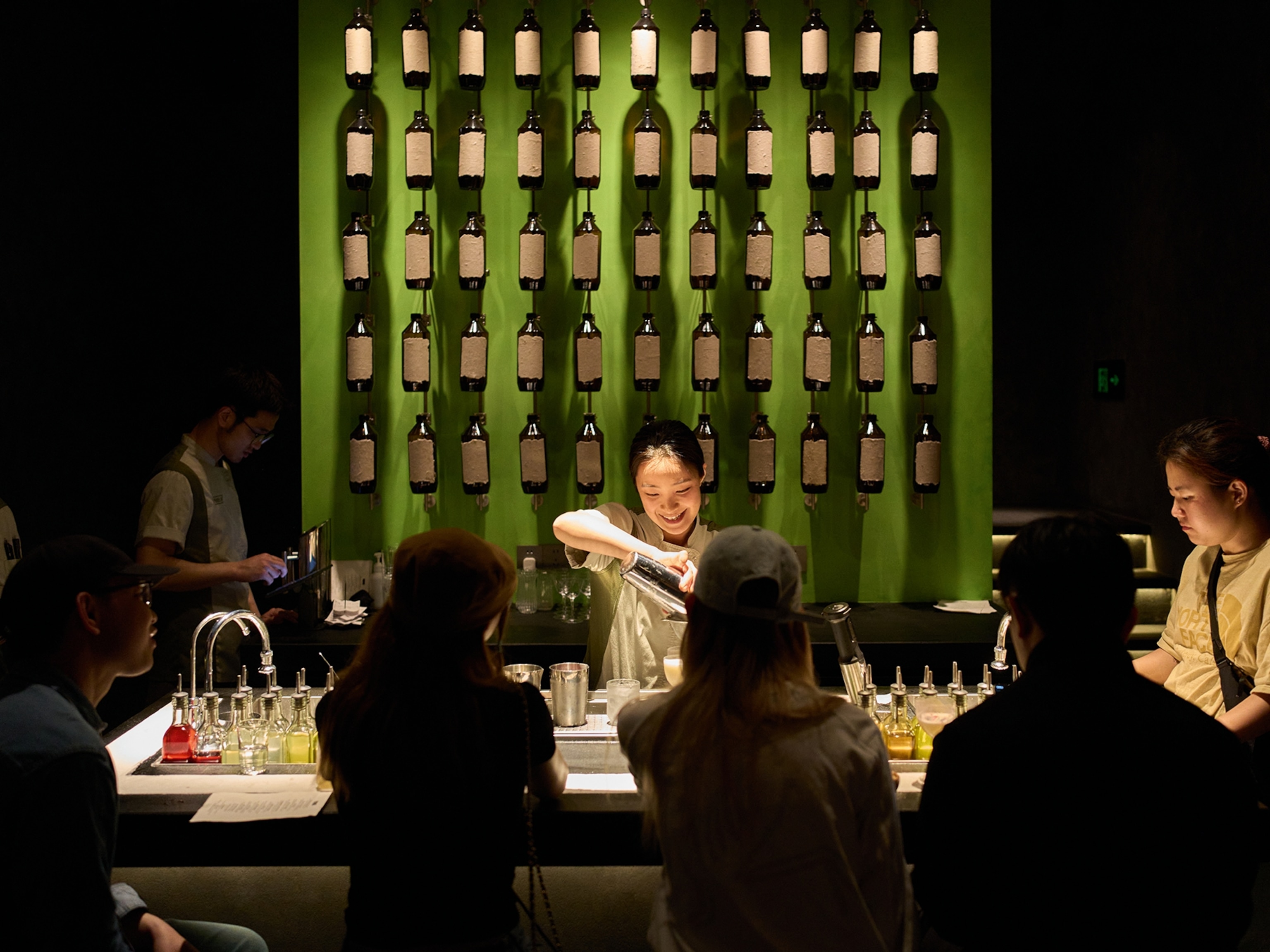
Where and when to witness cherry blossoms in Japan
Each April, the base of Mount Akagi buds and blooms with pastel-coloured cherry trees — an unusual place to admire this quintessentially Japanese sight. Discover the history of the site and how to visit.
The rippled swell of Mount Akagi is one of the symbols of Honshu’s under-the-radar Gunma Prefecture, a region of steaming hot springs and gently sloping mountains. Worth visiting year-round for its sweeping scenery, the dormant volcano — which reaches skyward for almost 6,000ft — is especially popular in April, when the cherry trees on its southern foothills bloom candyfloss pink. Here's everything you need to know to make the most of your visit.
What should I know about the site?
Mount Akagi's Tunnel of 1,000 Cherry Blossom Trees is often seen as one of Japan’s top destinations for cherry blossom viewing — the much-loved activity known as hanami. In 1956, local residents lined this mile-long road on the volcano's southern slope with over 1,000 cherry saplings in an effort to revitalise the nearby forest, which had been stripped for lumber. Over half a century later, those seedlings have grown into a pathway embowed with pink boughs. Between the free-to-visit tunnel and its nearby Miyagi Senbonzakura no Mori Park, visitors can admire cherry trees from across the world, from deep magenta to pure white, from full, proud florets to weeping branches of delicate bells. Senbonzakura park is also home to rapeseed flowers: these canary-coloured plants carpet the hillside and, during some years, emerge at the same time as the cherry flowers in a juxtaposed palette of yellow and pink.
When's the best time to come?
Senbonzakura park comes alive during the annual Akagi Nanmen Senbonzakura Matsuri, as the local hanami festival is called. Visitors from across Japan come to bathe in the blush buds and wait for the spring breeze to rustle through, setting the cherry petals shaking and showering to the ground. During this April fixture, the park is filled with food stalls selling classic Japanese street food, such as okonomiyaki (savoury pancakes), as well as regional delicacies, including yaki-manju (sweet, grilled buns) — all best enjoyed right under the blossoms, among banks of picnickers. In the evenings, the festival also features yozakura, which translates to ‘night cherry blossoms’ and sees the trees get lit up for latecomers.

How can I visit?
Mount Akagi and its flower tunnel make for a great trip from Tokyo, taking around two hours to reach by either car or public transport (Maebashi is the closest train station). Both the tunnel and Senbonzakura park are walkable, and in hanami season, that’s the best option, as the area can get quite busy. If you’re looking to explore the larger Akagi region, there are e-bike rentals available. Guided tours will take you to lesser-known cherry blossom spots, as well as around the surrounding slopes and countryside, stopping at local shrines and rural restaurants along the way.
Where can I spend the night?
Downtown Maebashi, the prefectural capital and nearest city, is an ideal base, located on the transit route from Tokyo and just 30 minutes from the Tunnel of 1,000 Cherry Blossom Trees. While remaining immersed in greenery, the urban area offers more accommodation options than the mountainside. Afternoons spent admiring cherry blossoms, as well as hiking, cycling and relaxing in onsens (Japanese hot springs), end with Maebashi’s restaurants and bars — be sure to try some of the city’s famous pork cutlets. Maebashi has a cluster of attractions of its own, too, including gardens, viewpoints and historic houses.
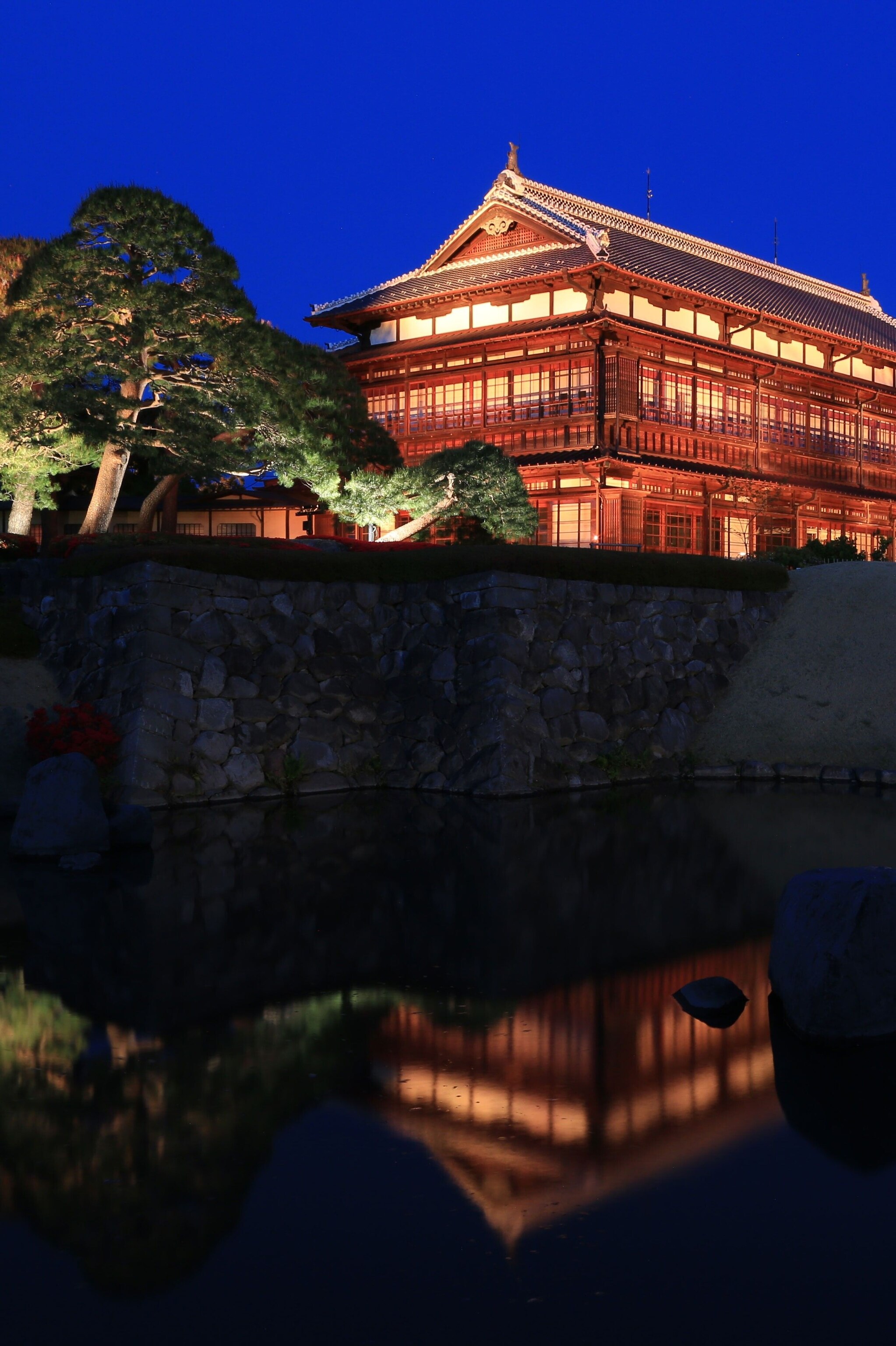
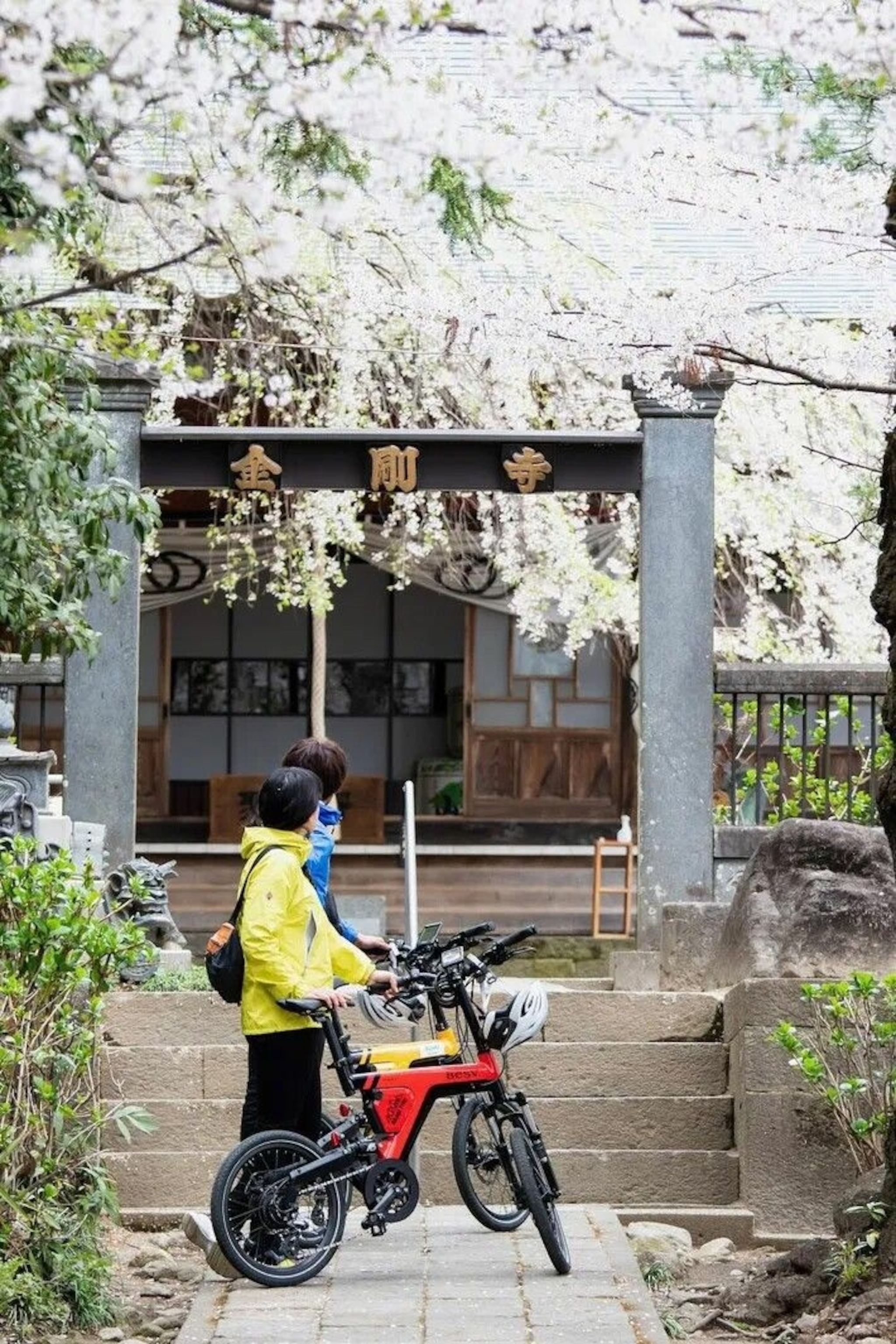
Anything else I should know?
Though Japan is internationally renowned for its cherry blossoms, the country is awash with different blooms throughout the year. Crimson and pink azaleas come alive near the summit of Mount Akagi from May to June, while on the outskirts of Maebashi, the tongue-twisting Shikishima Park Kadokura Techno Rose Garden illuminates its roses in spring and autumn. Nearby, the Misato Moss Phlox Festival features an extraordinary display of pink, ruby and white swirls.
Multiple carriers fly direct from the UK to Tokyo’s Haneda or Narita airports. From the capital, take the bullet train from Tokyo or Ueno stations to Maebashi, changing at Takasaki. On weekends, a local bus takes visitors straight to Senbonzakura main entrance (taxis are available on weekdays). From Senbonzakura bus stop, it’s a five-minute walk.
For more information, visit akagi-trip.com
Facebook | Instagram | Twitter
